Coronavirus Updates
How Do We Care for COVID–19 Patients at Home?
6 min read
By Apollo 24/7, Published on - 22 May 2020, Updated on - 18 October 2022
Share this article
3
10 likes
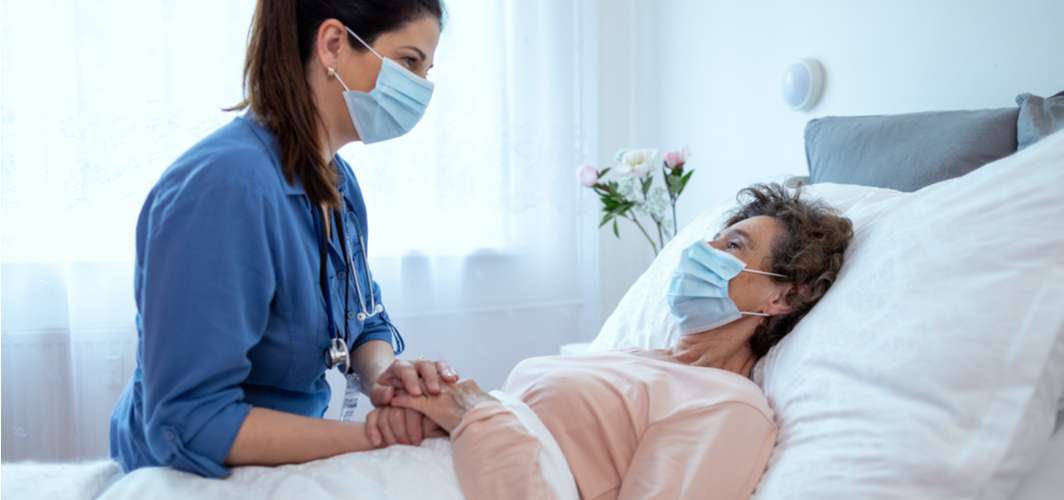
Coronavirus disease, also called COVID–19, has become a global pandemic affecting more than 48 lakh people in the world and around 1 lakh people in India (As on 19 May 2020).
The World Health Organization (WHO) has recommended that all laboratory-confirmed patients of COVID-19 should be treated in either a hospital or a health care facility. These health care facilities should have the provision for the treatment of COVID-19 patients and must follow all Infection Prevention and Control (IPC) guidelines. However, due to the rapid increase in Covid-19 positive cases, WHO have recommended that few selected COVID-19 patients, may receive the treatment at home, also known as home care.
How are the patients selected for home care?
Every patient who has tested positive for COVID-19 has to go through a selection process where a health care professional will determine if hospitalization is needed. During this process, medical experts may divide the patients into two categories; low and high probability for poor outcomes after the treatment. These two categories are described below:
High probability of poor outcome:
- Patients with severe illness who need artificial oxygen
- Patients with mild illness with risk factors like age (above 60 years) and the presence of coexisting medical conditions like heart disease, lung disease, kidney failure, liver failure, Diabetes, and cancer.
Low probability of poor outcome:
- Patients with no risk factors
- Patients with mild illness like fever, fatigue, cough with or without sputum, loss of appetite, weakness, muscle pains, sore throat, nasal congestion, or headache, and rarely nausea, diarrhoea, or vomiting.
What are the requirements for home care of COVID-19 patients?
A health care professional will assess the condition of COVID-19 patient before approving the home care option. The approval will be given only when it is confirmed that the patient has a mild disease and does not have risk factors for poor outcomes. After this, the house where the infected patient will be staying for home care will be assessed. Both the patient as well as the family members will be assessed for their ability to adhere to the precautions recommended for home care.
The health care professional will explain the basics of personal hygiene and IPC measures to follow, to the patient and family members. This will help in preventing the spread of Coronavirus. Some of the measures that need to be taken have been outlined below:
Limit contact with Covid-19 patient at home
- Select a well-ventilated room with a single bed and a separate bathroom. It is suggested to open a window and turn on a fan for ventilation. Good ventilation will help in removing respiratory droplets from the air
- The COVID-19 patient should sleep in a separate room, away from the family members. It is better to limit the movement of the patient in the house
- Ideally, one should assign a family member with good health for taking care of the patient
- Maintain six meters or more distance from the patient
- Avoid having visitors, particularly of old age and those with co-existing medical conditions
- Ensure that pets at home do not come in contact with the patient.
Clean and disinfect the home regularly
- Wear disposable gloves and mask while cleaning and disinfecting home
- Clean the house with soap and water to reduce the number of germs
- Either a diluted household bleach solution (1/3rd cup of bleach per gallon of water) or alcohol solutions with at least 70 % alcohol content should be used as a disinfectant
- Every surface needs to be cleaned with soap water first and then be disinfected with a diluted bleach solution
- Clean and disinfect all bedroom furniture and floor in the patient room daily
- Clean and disinfect the bathroom used by the patient at least once daily
- Clean and disinfect all frequently touched surfaces like doorknobs, light/fan switches, handles, toilets, faucets
- Cover electronics with plastic sheets so it may be disinfected easily with alcohol swabs daily.
Handling laundry, utensils, and trash
- Wear disposable gloves and mask while handling dirty laundry, utensils, and trash
- Discard all paper tissues and masks used by the patient and the caregiver in a trash can with a closed lid
- If a cloth is used by a patient to cough or sneeze, wash them daily in laundry soap and warm water (60 – 90o C)
- Have dedicated hand clothes and utensils for the patient. The caregiver should wash them immediately with soap and warm water wearing gloves.
Personal hygiene for the patient
- Use a medical mask as much as possible and change it daily
- Follow respiratory hygiene like coughing or sneezing into a paper tissue or folded elbow or clean cloth
- The patient should prefer eating in his/her room if possible.
Personal hygiene for the caregiver
- Wash hands with soap and water for at least 20 seconds after any type of contact with the patient or his/her room, before and after preparing food, before eating and after using the washroom
- Use a disposable paper towel to dry hands. If cloth towels are being used, ensure to replace them frequently
- If hands are not visibly dirty then use an alcohol-based hand rub
- Wear a medical mask all the time when you are in the patient’s room which should cover the nose and mouth. Do not touch the front exposed part of the mask, remove by touching the loops, and discard them in the trash. Wash your hands with soap and water immediately
- Avoid touching the eyes, nose, and mouth with unwashed hands
- Do not share food, drinks, utensils, hand towels, toothbrushes or electronics like a cell phone with the patient.
How long should we be in home quarantine?
- A health care professional will perform two tests for Covid-19, 24 hours apart. If both the test comes negative and symptoms are visibly improving without medication, the patient can be relieved from home isolation.
- If no test is done, then all the symptoms of the patient should have improved and the patient should be free from fever for 72 hours without medication. Additionally, at least 10 days should have passed since the start of Covid-19 illness. The patient can then be relieved from home isolation.
- If a COVID-19 positive patient without any symptoms is put on isolation, then two tests done 24 hours apart should be negative. Otherwise, the patient should continue with no symptoms and at least 10 days should have passed since the first positive test to relieve from home isolation.
- However, these are just guidelines and the final decision is best taken by the healthcare professional. It is better to seek medical advice whenever in doubt related to home care.
When should we seek emergency medical attention?
- If the patient develops any new symptoms or has difficulty in breathing, pain in the chest, confusion, loss of consciousness, then it is advised to seek medical help immediately
- If the caregiver develops any symptoms like fever, fatigue, cough with or without sputum, loss of appetite, weakness, muscle pains, sore throat, nasal congestion, or headache, and rarely nausea, diarrhoea, or vomiting, then he/she should consult a doctor immediately.
If you have any questions related to Coronavirus, you can:
Coronavirus Updates
Leave Comment
Recommended for you
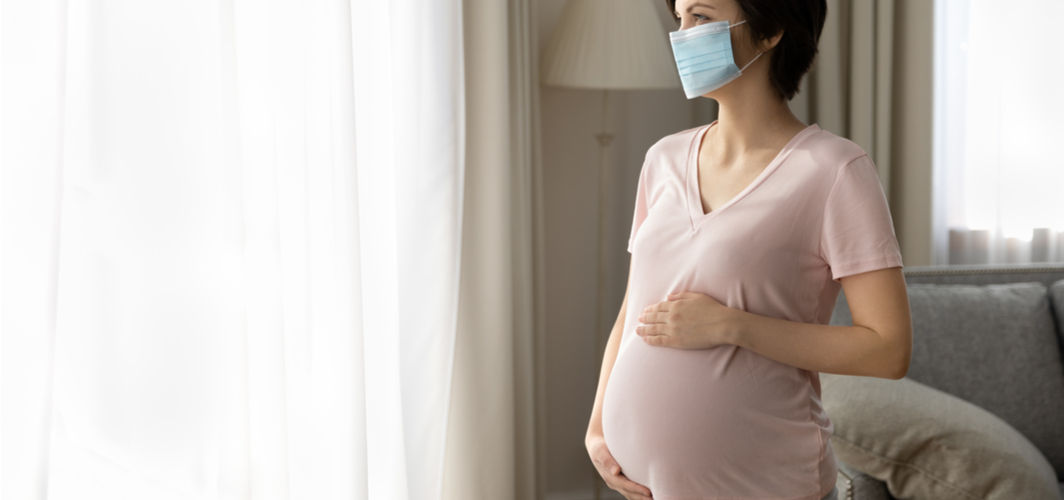
Coronavirus Updates
How Can Pregnant Women Protect Themselves from a Potential Third Wave of COVID-19?
Several studies have shown that COVID-19 infection during pregnancy can not only affect the health of the pregnant woman but also increase the risk of severe diseases in the fetus.
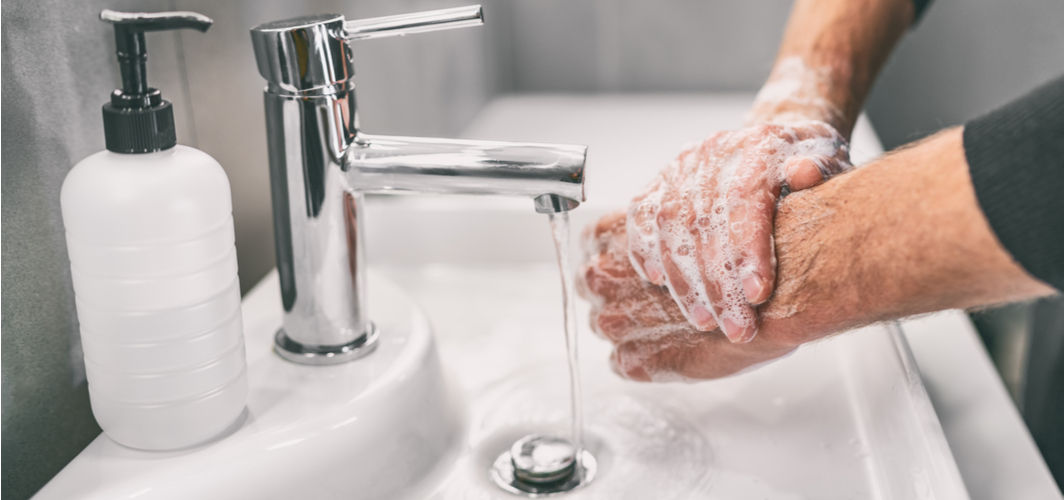
Coronavirus Updates
What is the Right Way to Wash Hands?
Handwashing is one of the best ways to protect yourself and your family from getting sick. Learn when and how you should wash your hands to stay healthy.
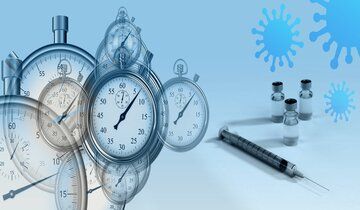
Coronavirus Updates
COVID-19 Vaccine: The latest updates
More than 150 COVID-19 vaccine candidates worldwide are in development. So far, 156 economies have signed up for COVAX, a WHO initiative, to deliver 2 billion doses by the end of 2021.
Subscribe
Sign up for our free Health Library Daily Newsletter
Get doctor-approved health tips, news, and more.
Visual Stories
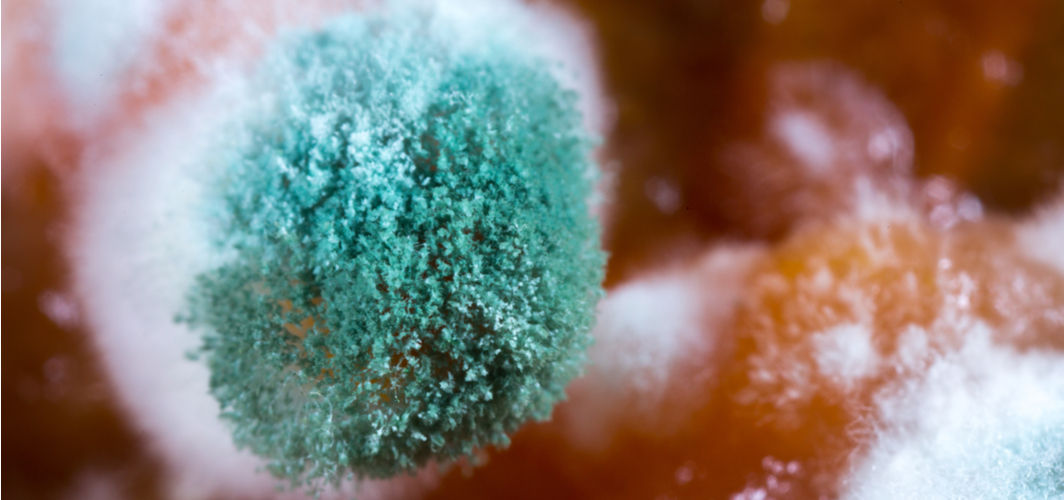
Decoding India’s Fungal Epidemic Triggered by COVID-19
Tap to continue exploring
Recommended for you

Coronavirus Updates
How Can Pregnant Women Protect Themselves from a Potential Third Wave of COVID-19?
Several studies have shown that COVID-19 infection during pregnancy can not only affect the health of the pregnant woman but also increase the risk of severe diseases in the fetus.

Coronavirus Updates
What is the Right Way to Wash Hands?
Handwashing is one of the best ways to protect yourself and your family from getting sick. Learn when and how you should wash your hands to stay healthy.

Coronavirus Updates
COVID-19 Vaccine: The latest updates
More than 150 COVID-19 vaccine candidates worldwide are in development. So far, 156 economies have signed up for COVAX, a WHO initiative, to deliver 2 billion doses by the end of 2021.